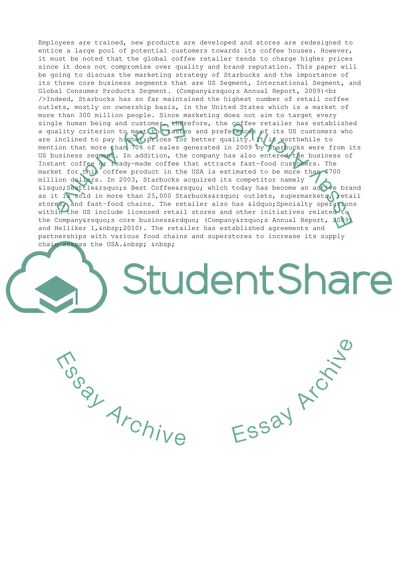Cite this document
(Starbucks in the World Business Assignment Example | Topics and Well Written Essays - 2261 words, n.d.)
Starbucks in the World Business Assignment Example | Topics and Well Written Essays - 2261 words. Retrieved from https://studentshare.org/business/1567497-starbucks-in-china
Starbucks in the World Business Assignment Example | Topics and Well Written Essays - 2261 words. Retrieved from https://studentshare.org/business/1567497-starbucks-in-china
(Starbucks in the World Business Assignment Example | Topics and Well Written Essays - 2261 Words)
Starbucks in the World Business Assignment Example | Topics and Well Written Essays - 2261 Words. https://studentshare.org/business/1567497-starbucks-in-china.
Starbucks in the World Business Assignment Example | Topics and Well Written Essays - 2261 Words. https://studentshare.org/business/1567497-starbucks-in-china.
“Starbucks in the World Business Assignment Example | Topics and Well Written Essays - 2261 Words”, n.d. https://studentshare.org/business/1567497-starbucks-in-china.


